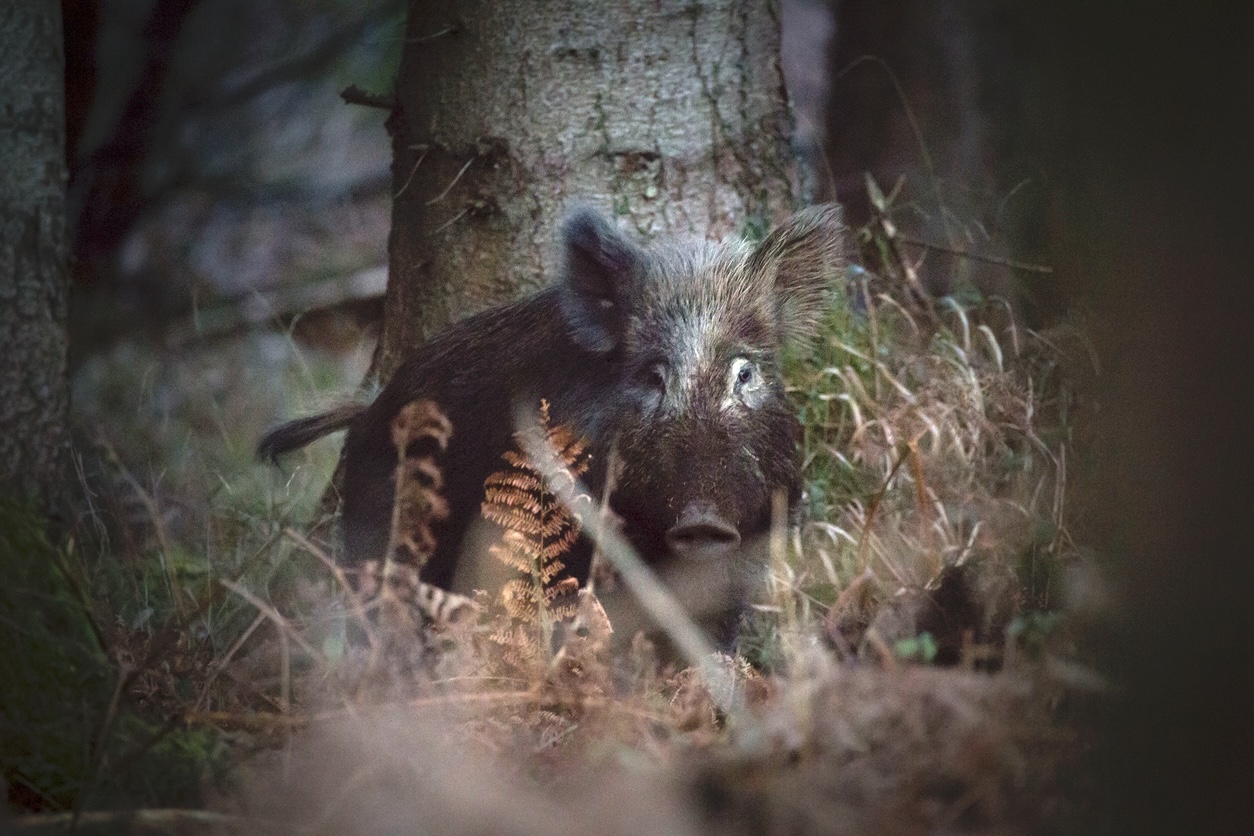Hardly a month goes by without a report of guerrilla rewilders at work. Lynx released in the Cairngorms, wild boar on Dartmoor, beavers everywhere and, no doubt, before long, wolves and bears – if neo-Rousseauist guerrillas can find a ready supply and achieve it without being bitten.
Usually, these illegal releases of formerly indigenous-but-no-longer-native animals are in national parks, reinforcing my view that national parks give people a state-sponsored sense of entitlement to behave as they please on private land. The fact that the vast majority of farmers are against such reintroductions seems to give added incentive to the rewilding guerrillas. The extinction of family farms at the hands of Rachel from Customer Complaints is bad enough. But evidence from the continent – of damage to livestock, crops and livelihoods by newly introduced species – causes further fears.
Ironically, the guerrillas’ worst enemy is the great rural quangocracy; the non-departmental organisations, charities and courts. This quangocracy secretly harbours ambitions to turn Britain’s farms into pre-Anthropocene wild wood with the full suite of predators, red in tooth and claw. Consequently, it is not trusted by landowners. Yet it obstructs the reintroduction agenda and drives the rewilders to eco-anarchy because it loves process more than it loves outcomes. The bureaucracy makes releasing even pool frog tadpoles well-nigh impossible.
If animals are released, the bureaucracy then makes it painfully difficult for landowners to ‘manage’ them if they become a nuisance. Pragmatism is not in the bureaucratic lexicon. This is partly because when civil servants have issued licensing culls, their lives have been made miserable by animal rights activists.
Until the mid-20th century, we managed perfectly well without the parasite economy comprising Natural England et al. Then the socialists recognised an opportunity to create jobs for the boys by meddling in the countryside. These institutions are reviled by those who actually manage the land. Most of us would much rather our money was spent on cottage hospitals, village schools and filling potholes. The quangos would not be missed except by those who work in them. Food would still be produced in British fields, and wildlife conservation would actually become easier. We need a common-sense revolution and a British Elon to slim down the Big Green State. Rupert Lowe seems ideally suited to the task. But I digress.
More of us would accept beavers if there was no issue with turning them into hats. After all, they are, as the quangocrats tell us, ‘ecosystem engineers’. But there will come a point when they go beyond creating dragonfly habitats and start turning Grade 2 arable land into Grade 4 snipe bog when the drains get blocked. The science is showing that beavers are, on the whole, a very good thing upstream, where they create the habitats for salmon parr and other creatures to thrive and reduce flooding by slowing down the water flow. But beavers are catastrophically bad downstream, where they can cause flooding. There, they should be shot on sight. It’s nuanced, but the Big Green State doesn’t do nuance either.
Most landowners share some sympathies with the environmentalists
Most landowners share some sympathies with the environmentalists. I have a Noah complex myself. I have long harboured an ambition to reintroduce natterjack toads onto part of my farm. I have even dug ponds for them. But can I get a licence to bring toad spawn from a couple of miles away to put in the ponds? No. And I agree with the rewilding guerrillas that trophic cascades – i.e. the knock-on effects of reintroducing species – need to function properly.
My farm has no ground-nesting birds left because there are too many badgers. That’s because there are no wolves to control them. We can’t have wolves on a farm with hundreds of calves in fields; therefore, man should step in as the apex predator, and we should be licensed to reduce badger numbers. Will that happen? Fat chance. We have too many mid-sized raptors because we lack eagle owls, so very few kestrels. Would I get a licence to release eagle owls back into our ecosystem? Dream on. We should take steps to make some reintroductions easier, provided those who know the land can manage it properly. But don’t tell the rewilding guerrillas that.








Comments